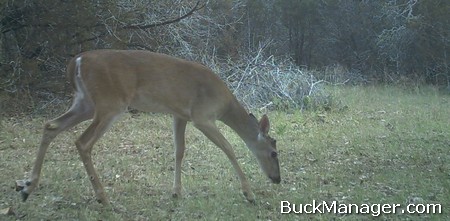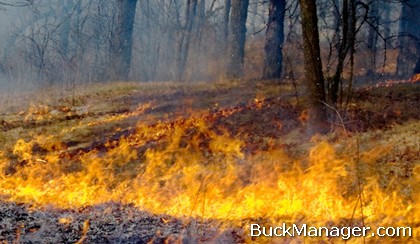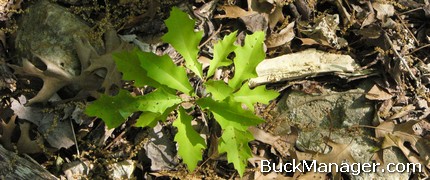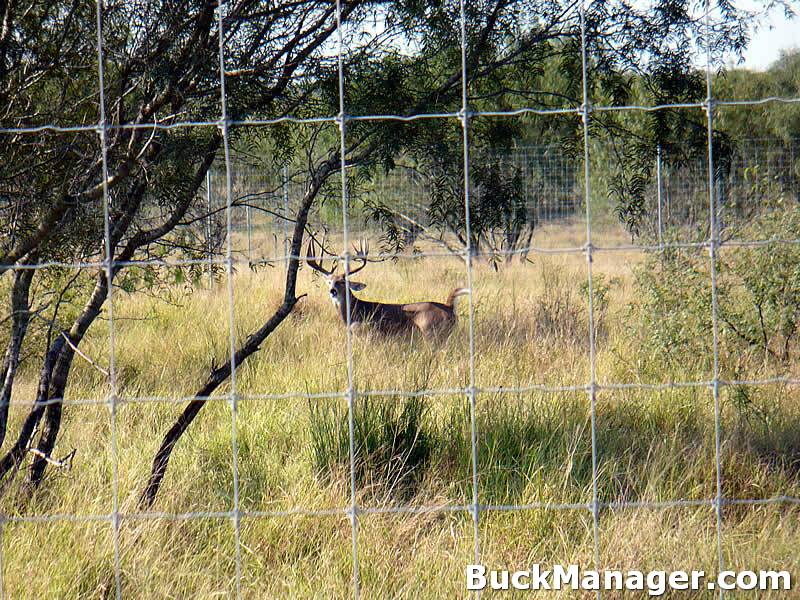It’s summer time in Texas and hot, dry weather is wreaking havoc on white-tailed deer habitat. That means deer will be hitting supplemental feed sources where they are available harder than ever. In fact, I’ve already heard from numerous hunters and landowners that whitetail are really hammering protein feeders, and this is on properties that provide relatively good deer habitat. Unfortunately, it looks like things are going to get worse before they get better. That has got everyone, deer included, feeling a little uneasy.
It’s the antler growing season for bucks right now, so that means game cameras have already been deployed. Reports indicate that the majority of bucks have anywhere from 3-10 inches of antler growth and that there are still a good number of does that have yet to domino (give birth). Guys in the pastures as well as camera photos are also seeing a good number of fawns already on the ground. Everyone is aware that natural foods are low, but deer are needing a lot of high quality nutrition right now.
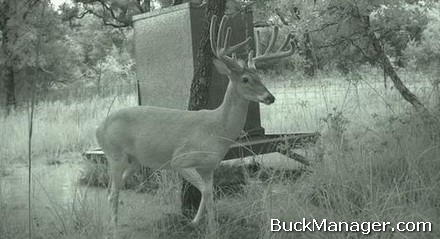
If ever there was a time to supplement deer with free-choice protein pellets, that time would be now. Not only will deer manager after deer manager tell you first-hand what the addition of protein pellets has done for whitetail deer found on their properties, but respectable research from many different camps has found that protein pellets (16+%) really do make a difference for white-tailed deer in a number of ways.
There are many reasons to feed protein pellets, with the most cited one being increased antler growth for bucks. Other positives of this form of supplemental feeding include improved body condition in all deer, which translates into more milk production for lactating does and better muscle and skeletal growth for fawns later into the summer. Deer, both bucks and does, that get a good start the first year of their life will be superior animals down the road.
With natural foods on hold (at best) and deer nutritional requirements on the rise, feeding protein to deer seems like the thing to do right now, but there can also be some issues that arise that come along with the management practice. The first one that comes to mind is, well, cost. Let’s face it, the price tag of the feed alone can get expensive, but then there are also transport and labor costs.
With a white-tailed deer density that is appropriate for the habitat, a general rule of thumb is to estimate average consumption at about 3/4 pound of feed per day per deer day over the course of a year (even though the majority of properties do not provide pellets during October, November, and December). This number varies depending on the rainfall each year and the amount of natural forage deer eat, but averages out to about 275 pounds of protein pellets for each deer on an annual basis. That’s about $55 in feed. How many deer are found on your property?
Another issue that arises with the supplemental feeding of protein pellets to whitetail deer is increased reproduction, as in higher fawn survival. Now, this many not sound like much of a negative, but it really can be depending on the deer management objectives of a landowner or hunter. This phenomenon is something many well-intending managers do not realize until several years into their management program. I will focus more on this topic in the near future, but until then let’s keep an eye out for those whitetail fawns, bucks in velvet and maybe even a rain cloud?
